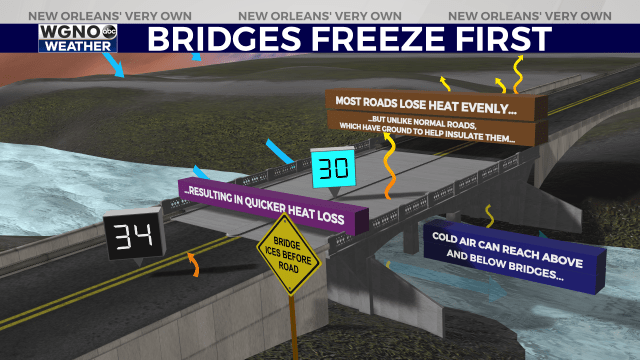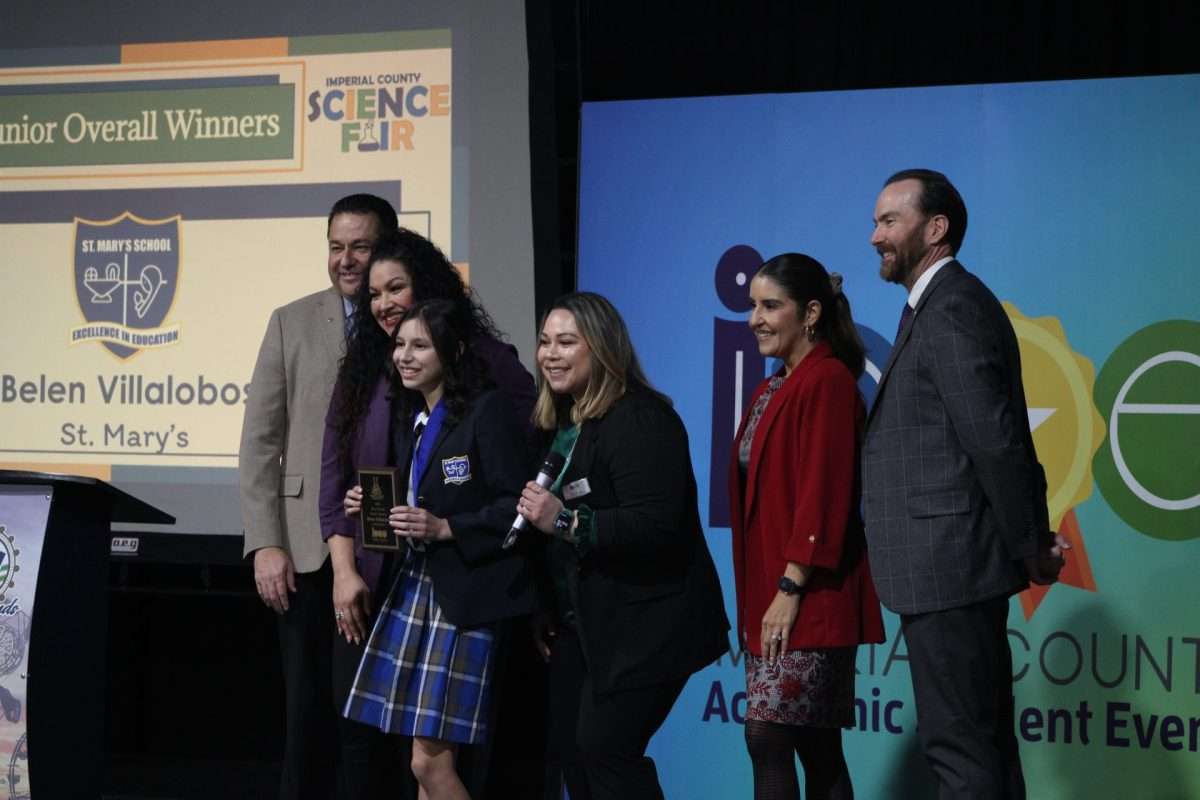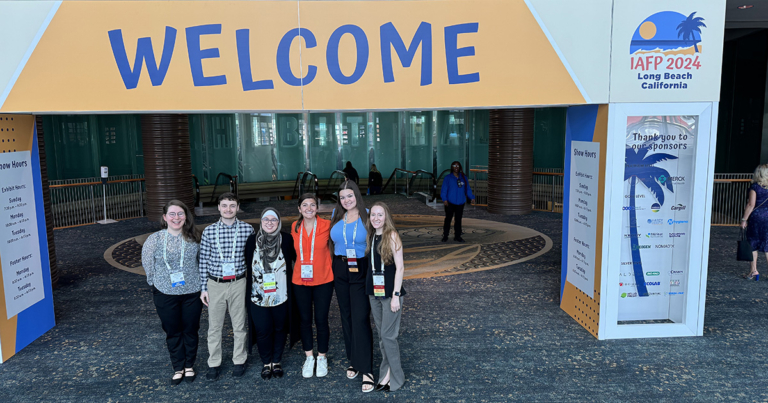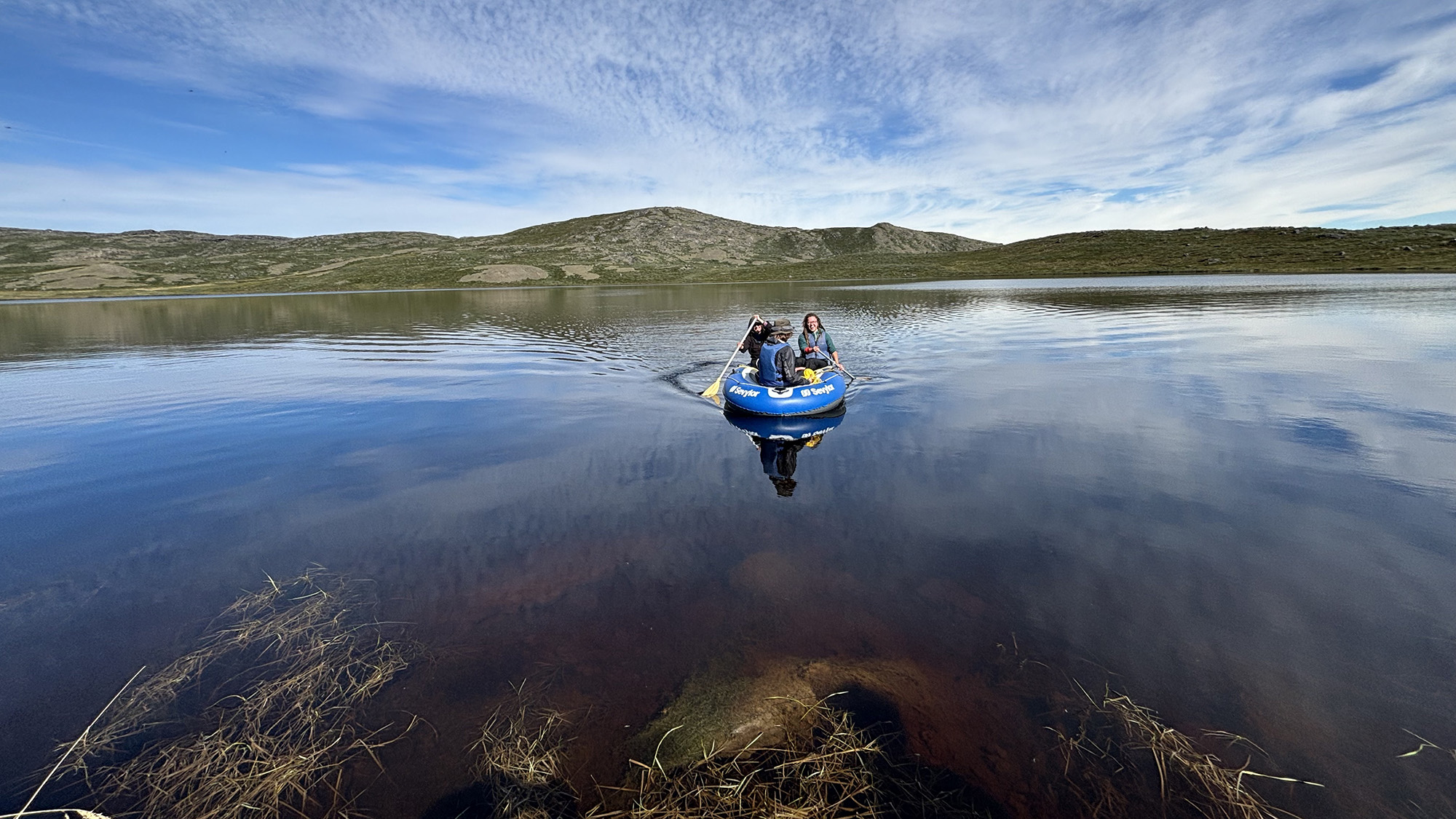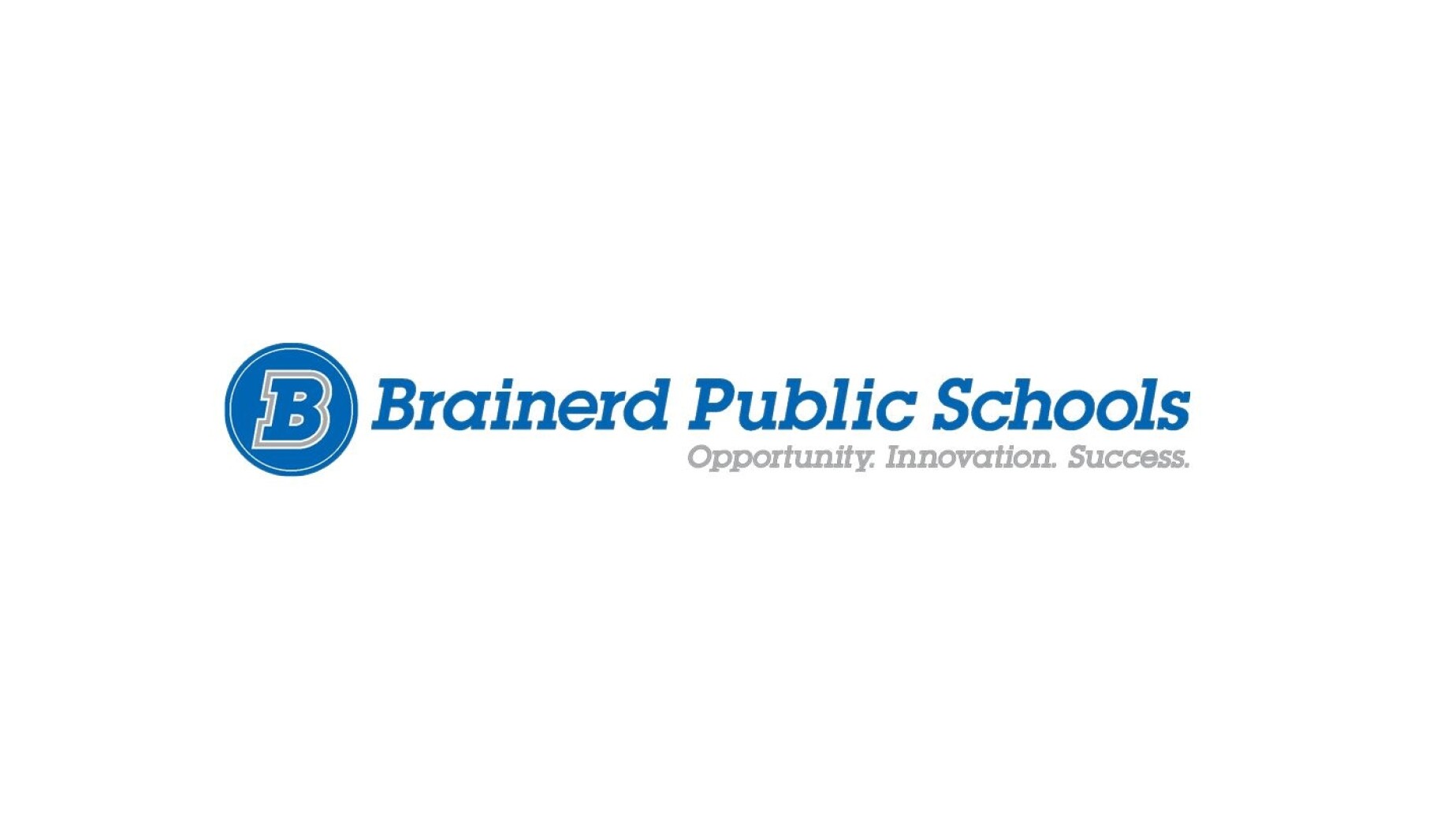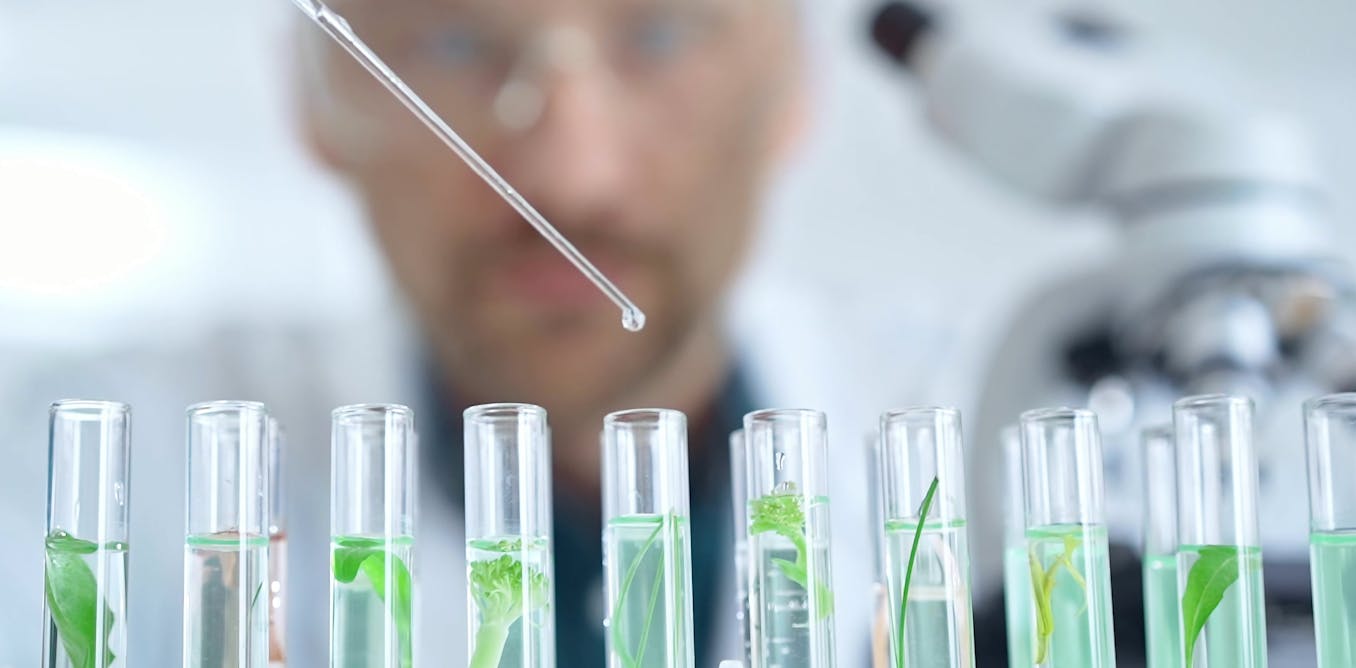
Climate Catastrophe: Trump Abandons Global Accord, Scientists Slam Reckless Paris Agreement Pullout
WASHINGTON (January 20, 2025) — In a controversial move that signals a dramatic shift in environmental policy, President Trump launched his administration's first week with a decisive and potentially far-reaching executive order targeting global climate cooperation. The president announced his intention to withdraw the United States from the landmark Paris Agreement, a groundbreaking international climate accord originally adopted by nearly 200 countries in 2015. The sweeping decision threatens to unravel years of international progress in combating climate change, potentially undermining global efforts to limit greenhouse gas emissions and mitigate the escalating environmental challenges facing the planet. Environmental advocates and international diplomats have expressed deep concern about the potential consequences of the United States' potential withdrawal from the agreement. This action represents a stark departure from previous international commitments and could significantly impact global climate strategy, potentially weakening the collective global response to rising temperatures and environmental degradation. Critics argue that such a move would not only damage the United States' international reputation but also compromise future generations' environmental security.



